



A pressure cleaner is not the best option for maintaining your vehicle’s finish. Directing high-pressure water onto painted surfaces can strip away protective wax and potentially cause scratches. Instead, consider using a lower PSI setting and maintaining a safe distance. This combination helps reduce the risk of damage while still achieving effective cleaning results.
Prior to beginning, ensure that appropriate nozzles are attached to avoid concentrated sprays that can harm bodywork. A fan nozzle is typically recommended for broader coverage without the intense force. Always rinse away loose debris first to prevent abrasive particles from causing damage during the cleaning process.
Additionally, thorough drying after rinsing is vital. Leaving water spots on a car’s surface can lead to long-term aesthetic issues. Use a soft, absorbent towel or a dedicated drying cloth to prevent streaks and maintain the shine of the vehicle.
Finally, always verify the manufacturer’s guidelines for your specific model. Understanding the limitations and recommendations outlined in the user manual can help preserve the integrity of your vehicle while ensuring a thorough clean.
Understanding the Basics of Pressure Washers
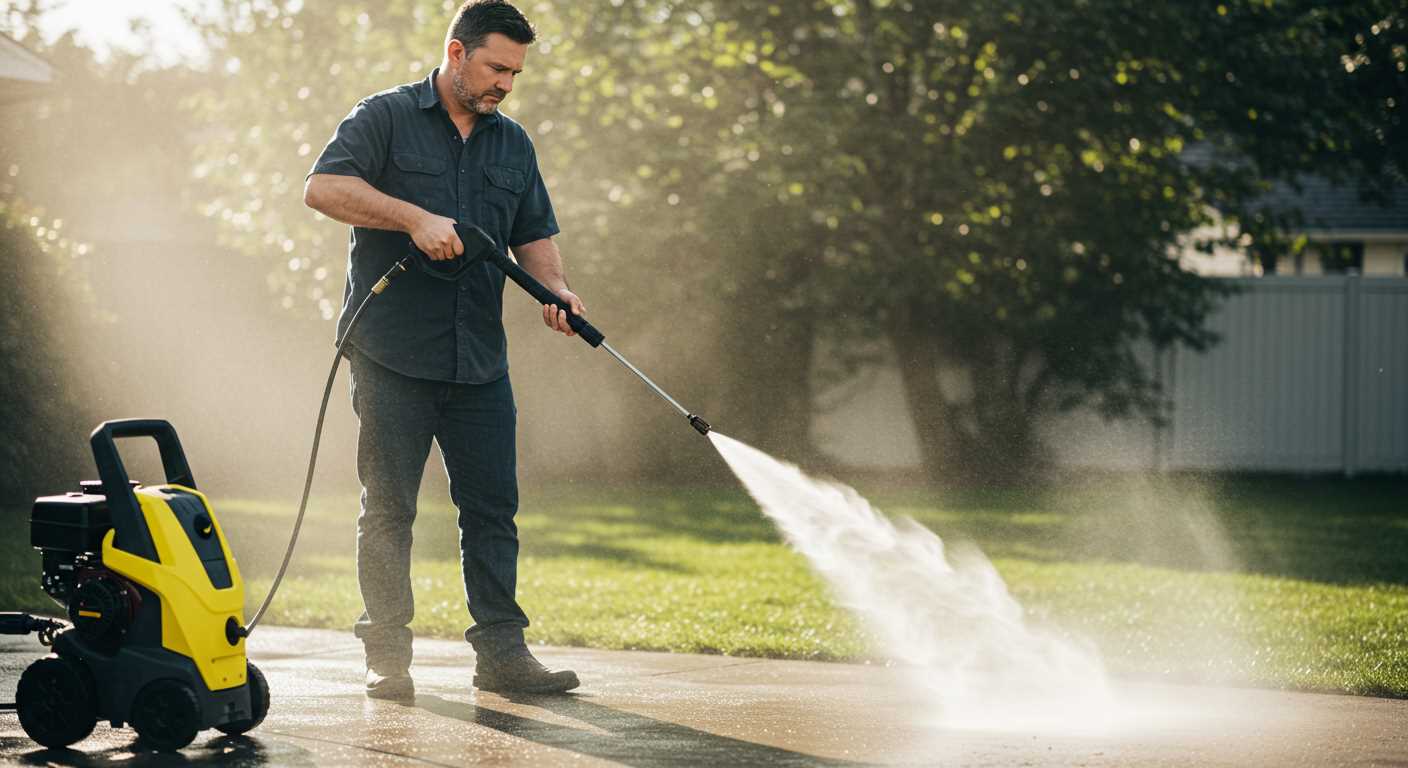
Choosing the correct cleaning device is essential for optimal results and protecting the surface being cleaned. Here are key factors to consider:
- Types of Machines: There are two main categories: electric and gas-powered. Electric units are lighter and quieter, while gas models offer more power for tougher jobs.
- Pressure Ratings: Measured in PSI (pounds per square inch), higher ratings can tackle more stubborn dirt. For car care, a range of 1300 to 1900 PSI is typically sufficient.
- Water Flow Rate: Measured in GPM (gallons per minute), this indicates how much water flows through the nozzle. A higher flow rate often means quicker cleaning times.
- Nozzle Options: Nozzles vary in spray patterns and sizes. A wider spray is gentler, suitable for sensitive surfaces, while a narrower stream increases pressure for tough stains.
- Detergent Compatibility: Some models allow for soap applications, enhancing cleaning effectiveness, especially if mixed with appropriate cleaning solutions.
Take the time to read the manufacturer’s guidelines and understand the capabilities of the machine. Proper handling not only ensures efficiency but also prolongs the lifespan of both the device and the surface being cleaned.
Be mindful of the surroundings; cover or remove any delicate items before starting. Recognising the appropriate distance from the surface prevents damage. Keeping a consistent distance allows for an even clean while reducing the risk of unwanted marks.
Recommended Pressure Settings for Car Cleaning
For effective vehicle maintenance, set the equipment’s output at 1200 to 1900 PSI. This range efficiently removes dirt and grime without causing damage to the paintwork. Higher settings may lead to unintended scratches or even stripping protective coatings.
Choosing the Right Nozzle
Utilise a 25-degree or 40-degree nozzle for optimal dispersal of water. These options provide a wide spray pattern, reducing the potential for harm while ensuring thorough coverage. Avoid narrow nozzles like 0-degree, as they can concentrate the force too much, risking paint damage.
Distance Matters
Maintain a distance of approximately 18 to 24 inches from the vehicle’s surface. This spacing allows for effective cleaning while minimising the risk of etching and other surface damage. Adjust as necessary, particularly around more delicate areas, such as trim and decals.
Choosing the Right Nozzle for Your Car
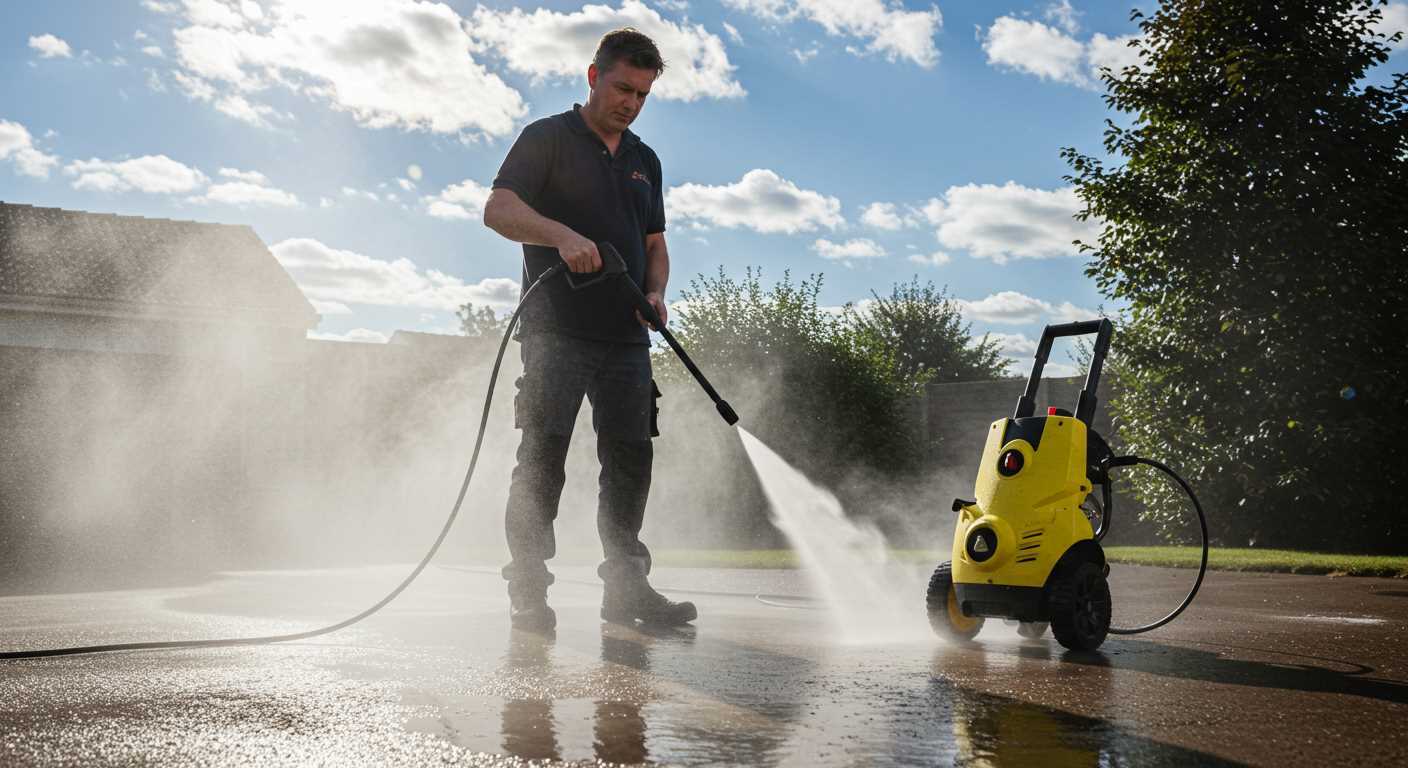
Select a nozzle with a wide spray pattern, ideally a 25-degree to 40-degree tip, to ensure a gentle yet effective cleaning process. A wider angle minimises the risk of damaging the vehicle’s surface.
For stubborn grime or bird droppings, opt for a 15-degree nozzle but maintain a safe distance from the paintwork to prevent scratches or peeling. Testing the spray on a small, inconspicuous area first can help prevent any potential damage.
Additionally, consider using a foam cannon attachment, which allows for an even application of soap. This method enhances the cleaning efficiency while reducing the pressure needed, protecting the car’s finish.
Ensure compatibility between the nozzle and the equipment model; not all nozzles fit every device. A quick reference to the manufacturer’s guidelines will confirm the right match.
Finally, always inspect nozzles for signs of wear or blockage before use. Maintaining clean attachments ensures a consistent and safe output during the cleaning procedure. Regularly replacing damaged nozzles will protect the integrity of the vehicle’s exterior.
Steps to Prepare Your Vehicle for High-Pressure Cleaning
Begin by thoroughly inspecting the exterior. Remove any loose dirt or debris, especially from the wheels and wheel arches, as these areas often harbour grit that can cause scratches during the process.
Next, ensure all windows are completely closed to prevent any water from entering the interior. Additionally, check that the sunroof and doors are secure.
Cover any sensitive components such as electrical connections and sensors with plastic bags or waterproof covers. This step safeguards against unwanted exposure to water.
Remove any accessories that may be easily dislodged or damaged, including antennas and decorative ornaments. This measure minimises the risk of breakage during the cleaning.
If there are any existing scratches or paint imperfections, consider applying a protective coating to help mitigate further damage. This will keep the surface intact during the process.
Before getting started, ensure that the water source is readily available, along with all cleaning supplies, including a suitable detergent specifically formulated for automotive finishes.
Techniques for Safe Pressure Washing on Car Surfaces
Begin with a thorough inspection of the vehicle. Look for any dings, scratches, or areas of rust. If any imperfections exist, proceed cautiously to avoid exacerbating the damage. Ensure that all windows, doors, and sunroofs are tightly sealed to prevent water ingress.
Recommended Distance and Angle
Maintain a safe distance, typically around 2 to 3 feet from the surface. Holding the nozzle too close may cause paint damage or strip off wax coatings. Aim the spray at an angle of approximately 45 degrees to minimise the impact on any given section of the finish.
Cleaning Solutions and Techniques
Consider using a pH-balanced car soap diluted with water as a pre-treatment. Apply it with a foam cannon or a soft cloth before introducing water pressure. This step helps to loosen dirt and grime without aggressive force, allowing for safer rinsing.
| Technique | Description |
|---|---|
| Foam Pre-Treatment | Apply a thick layer of car soap foam to soften dirt and contaminants. |
| Rinsing Technique | Start from the top and work downwards to prevent dirt from resettling on cleaned areas. |
| Finishing Touch | Use a gentle microfiber towel for any leftover water streaks. |
Avoid high-pressure settings on sensitive areas like trim, decals, or mirrors, as they can be easily damaged. For final rinses, an even, sweeping motion will promote thorough results without concentrated force in one area.
Common Mistakes to Avoid When Using a Pressure Washer
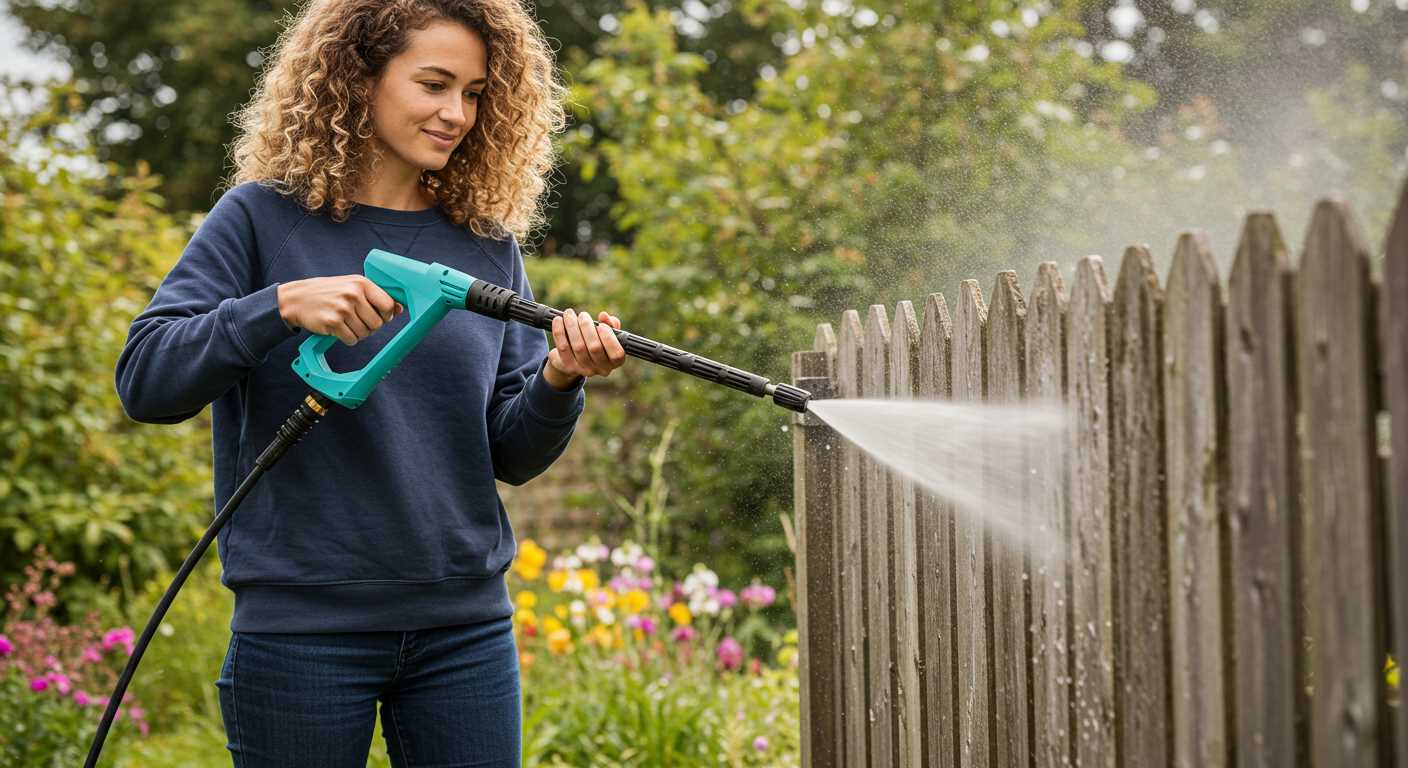
Starting with the wrong nozzle can damage the finish. Always opt for a gentle nozzle, like the wide fan tip, for softer surfaces such as paint. A narrow nozzle can cause scratches or even strip paint.
Not testing the spray distance is another pitfall. Maintain a distance of at least 2-3 feet from the surface and gradually move closer if necessary. This balance prevents concentrated force that can harm the surface.
Using maximum pressure settings is a common error. Many believe higher pressure equates to better cleaning, but for delicate car finishes, lower settings provide safe yet effective results.
Skipping the rinsing phase before applying soap often leads to poor results. Ensure to rinse thoroughly to remove loose dirt; this prepares the surface for effective cleaning, avoiding scratches during scrubbing.
Not protecting vulnerable areas is another mistake. Windows, mirrors, and trim require special attention. Cover or tape these areas to prevent damage from high-pressure water or soap.
Forget to regularly check for leaks can lead to inefficient cleaning sessions. Periodically inspect hoses and connections to ensure everything is functioning smoothly before beginning.
Using harsh chemicals incompatible with equipment can damage components and create excessive foam that clogs nozzles. Always choose products designed for the machine.
Neglecting to follow operational guidelines can result in both subpar cleaning and mechanical failure. Always consult the manual for specifications and recommendations on usage and maintenance.
Finally, not taking care of personal safety is critical. Always use protective eyewear and avoid directing sprays at yourself or others to prevent injury.
Post-Washing Care for Your Car’s Finish
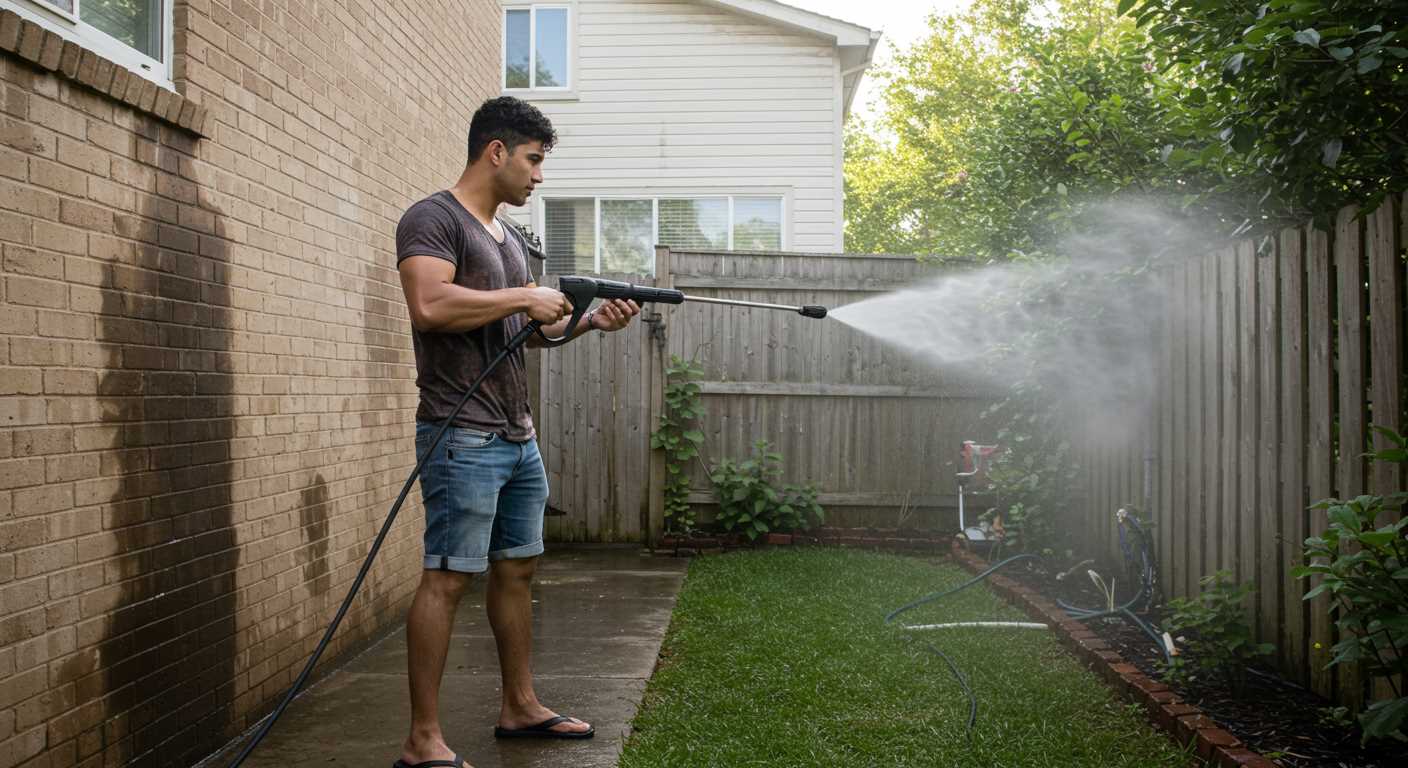
After rinsing down the vehicle, it’s crucial to immediately apply a specialised wax or sealant that provides protection against UV rays and environmental contaminants. This not only enhances shine but also assists in maintaining the finish for a longer duration.
Drying Techniques
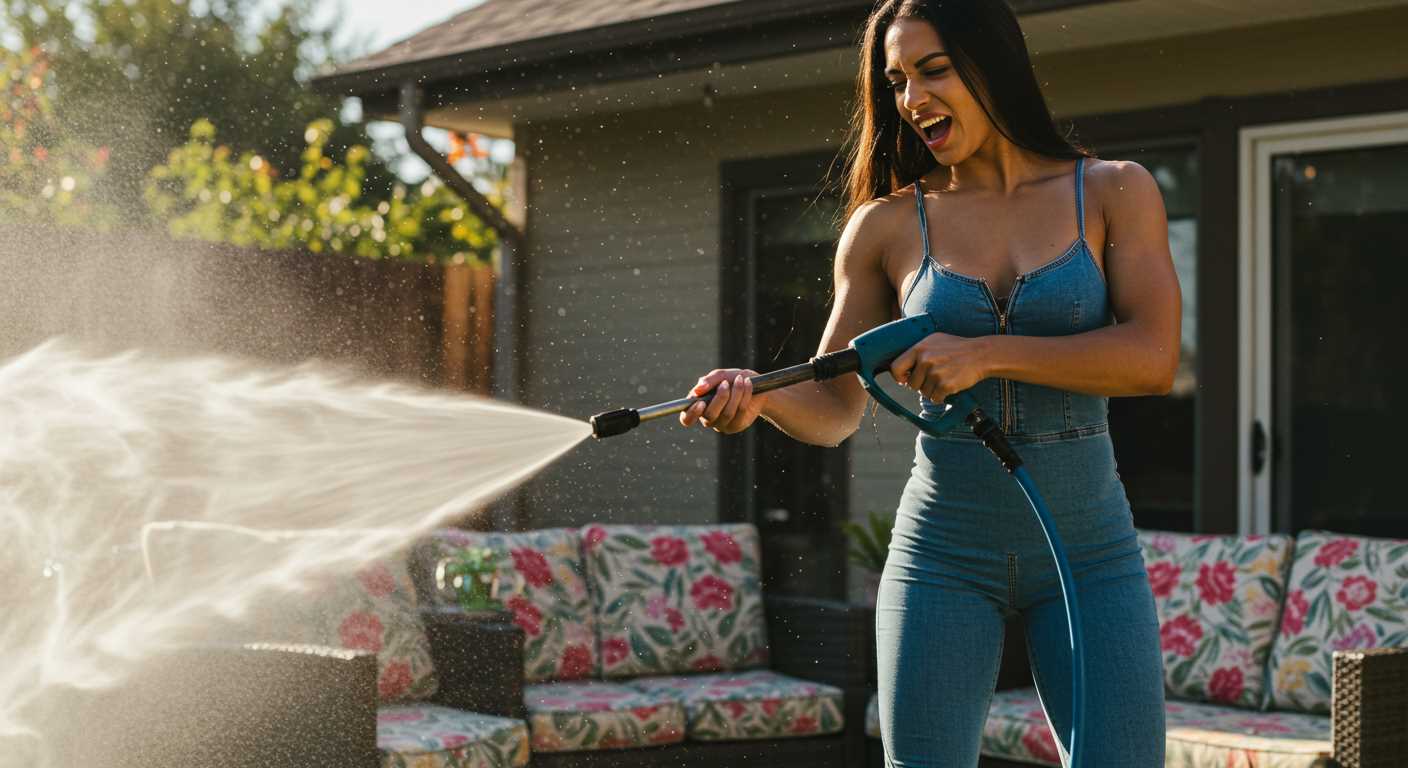
Employ a clean, soft microfibre towel to dry the surfaces gently. Avoid circular motions; instead, opt for a methodical approach by wiping in straight lines. This helps in preventing swirl marks and maintains the integrity of the paintwork.
Additional Protection
Consider applying a ceramic coating to bolster the layer of protection. Such coatings offer a durable shield against everyday elements like dirt, tree sap, and bird droppings, making future cleaning tasks much simpler. Regular inspections and touch-ups of the protective layer ensure longevity and optimal appearance.










